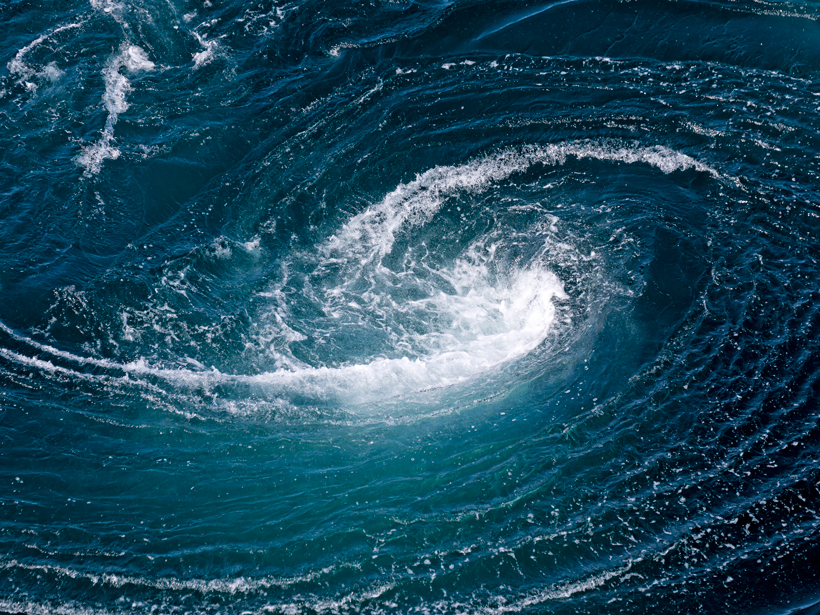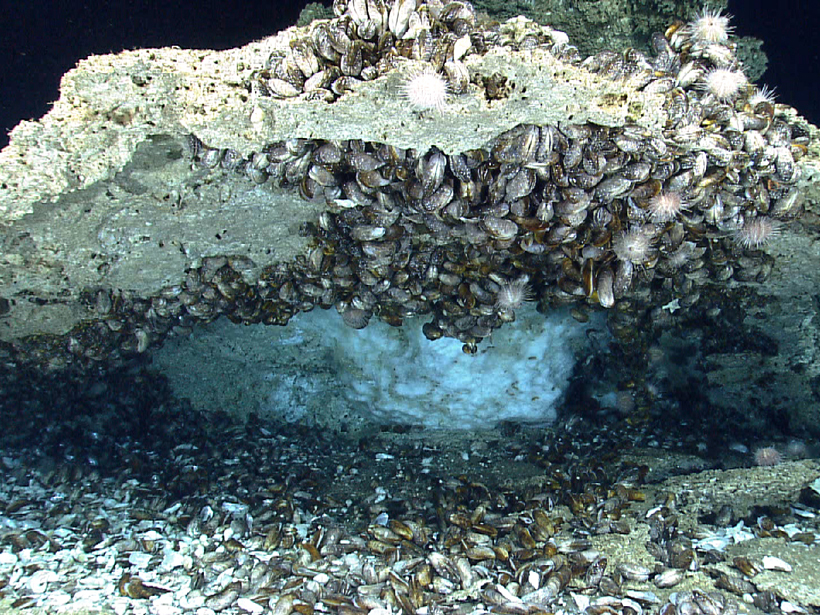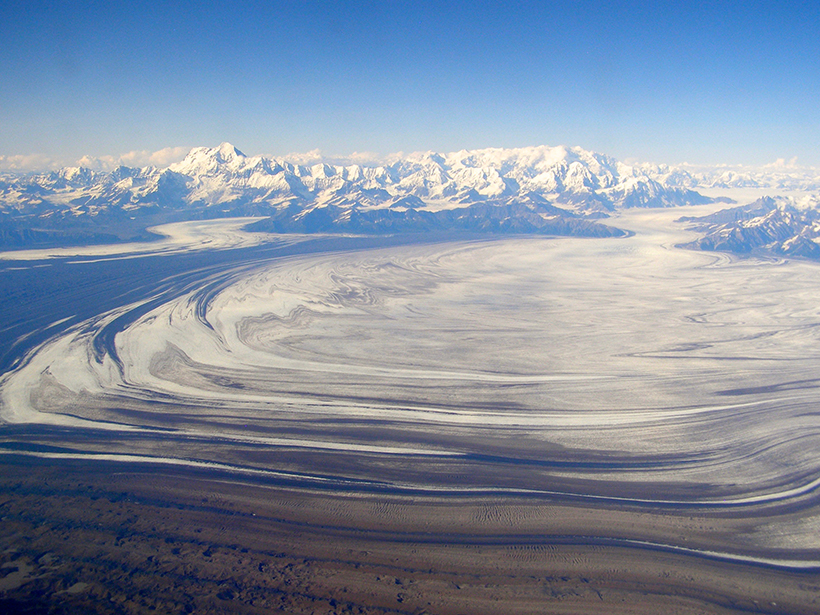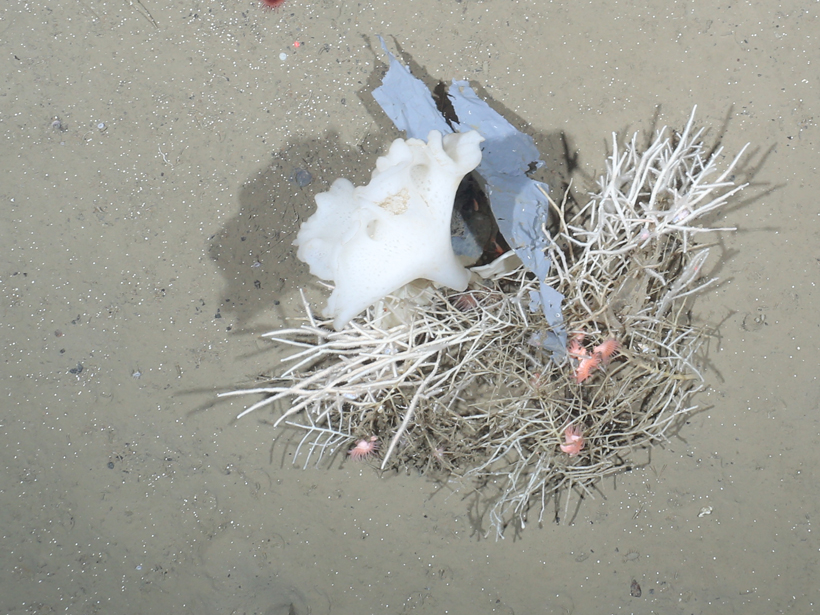Seafloor sediment cores provide new clues that could help clarify the influence of ice sheet collapse on a period of ocean cooling marked by slowed deepwater circulation.
seafloor
What Happens When Ocean Eddies Hit a Wall?
A new study tracks two ocean eddies passing over the Pacific Ocean's Izu-Ogasawara Ridge.
Could Subsea Methane Hydrates Be a Warming “Tipping Point”?
The authors of a recent paper in Reviews of Geophysics answer questions about the potential for subsea methane hydrates to contribute to global warming.
A Mountain Range's History Preserved in Ocean Sediments
Fission track dating core samples from the Gulf of Alaska demonstrates that offshore sediments can be used to reconstruct a mountain range's changing exhumation patterns.
Balloons of Lava Bubble into the Ocean from Seafloor Blisters
These peculiar features of submarine volcanic eruptions could be the result of undersea lava lakes.
Commercial Underwater Cable Systems Could Reduce Disaster Impact
Workshop on SMART Cable Applications in Earthquake and Tsunami Science and Early Warning; Potsdam, Germany, 3–4 November 2016
Airline Flight Paths over the Unmapped Ocean
An assessment of ocean depth knowledge underneath commercial airline routes shows just how much of the seafloor remains "terra incognita."
Geological Insights from Malaysia Airlines Flight MH370 Search
A rich trove of marine geophysical data acquired in the search for missing flight MH370 is yielding knowledge of ocean floor processes at a level of detail rare in the deep ocean.
Mounting Litter Spotted on Arctic Seafloor
At one location near Greenland, the density of undersea trash leaped by a factor of 23 in a decade.
Déjà Vu? Ocean Warmth Melted Ancient West Antarctic Ice Shelf
Clues in seafloor sediments reveal that relatively warm water beneath western Antarctic ice shelves, a major factor in today's massive ice sheet retreat, also fueled some past ice loss.










